Chinese Cooking Techniques & Tips
Master the essential techniques that form the foundation of authentic Chinese cooking. From achieving perfect wok hei to mastering knife skills, these tips will elevate your Chinese recipes to restaurant quality.
The Art of Chinese Cooking
Chinese cuisine is deeply rooted in thousands of years of culinary tradition, with techniques that have been perfected over generations. Understanding these fundamental cooking methods will help you recreate authentic Chinese flavors in your home kitchen, regardless of your experience level. Below we share essential Chinese cooking techniques, ingredient preparation tips, and kitchen wisdom passed down from master chefs.
Wok Cooking & Achieving "Wok Hei"
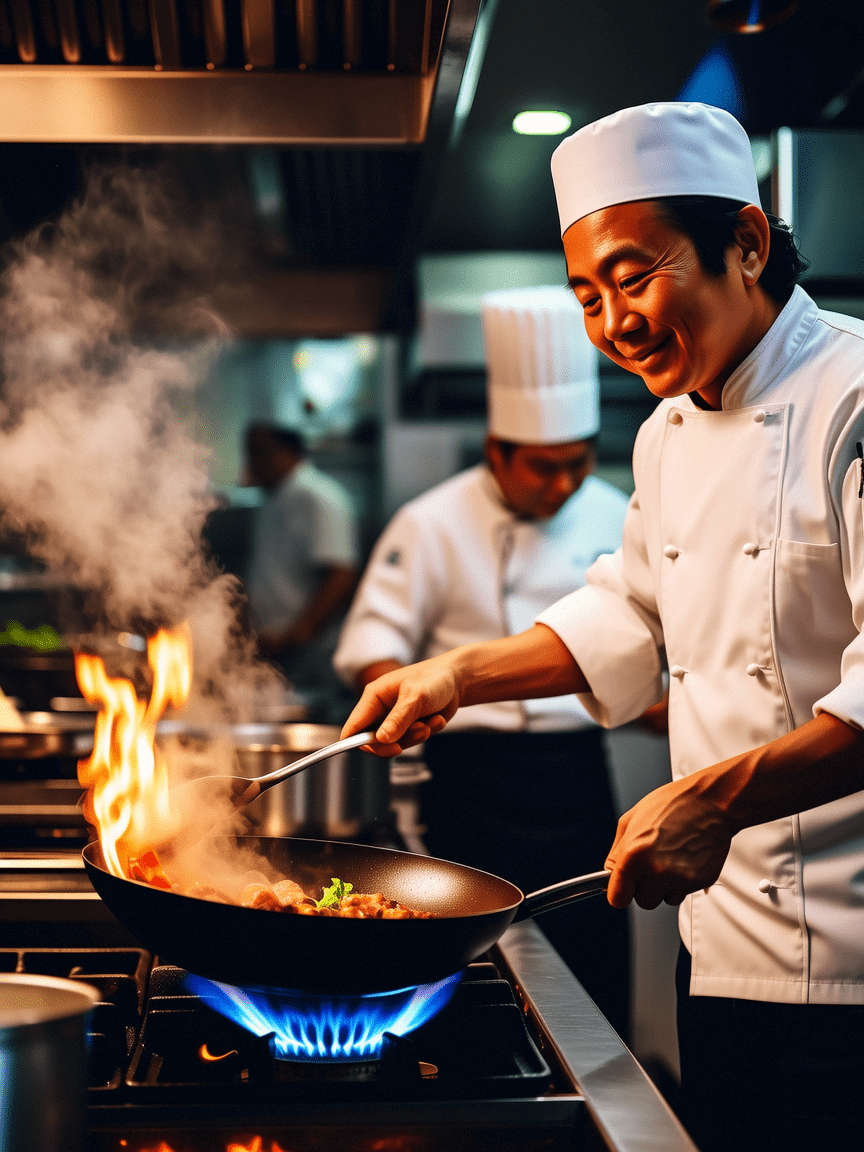
Wok hei (镬气), which translates to "breath of the wok," is the distinctive flavor imparted by a properly seasoned wok at high heat. This smoky, charred essence is considered essential to authentic Chinese stir-fries and is one of the hallmarks of professional Chinese cooking.
Key Points:
- Heat the wok properly - Preheat your wok until it's smoking hot before adding oil
- Use high heat - Authentic stir-frying requires very high heat to achieve proper wok hei
- Keep food moving - Constant stirring prevents burning while allowing charring
- Don't overcrowd - Cook in batches if necessary to maintain temperature
Pro Tip
For home cooks without professional-grade burners, try preheating your wok for a longer time and cooking in smaller batches to maintain the highest possible temperature.
Chinese Knife Skills & Cutting Techniques
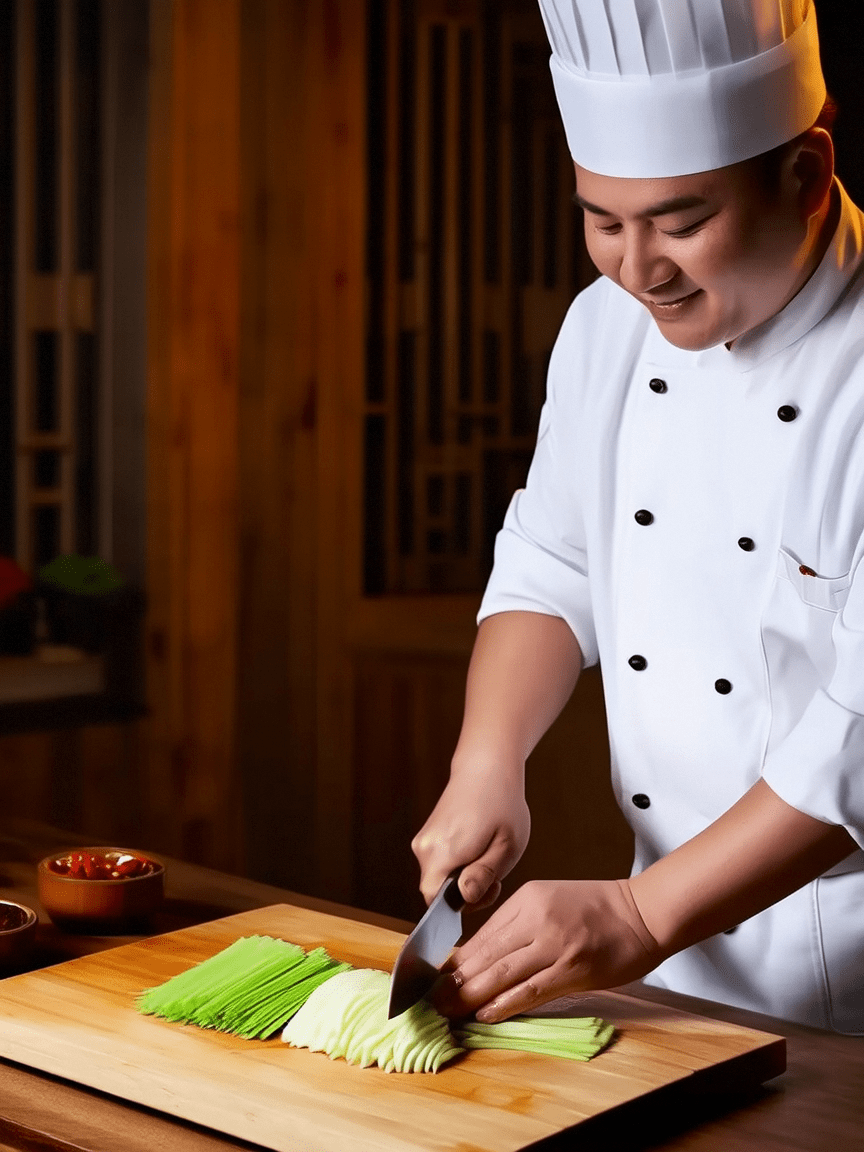
Proper cutting technique is fundamental to Chinese cooking. Beyond aesthetics, the way ingredients are cut affects cooking time, texture, how they absorb sauces, and the overall balance of the dish. Chinese chefs traditionally use a single cleaver-style knife (菜刀, caidao) for all cutting tasks.
Common Chinese Cutting Techniques:
- Slice (片, piàn) - Thin, uniform slices for quick cooking
- Dice (丁, dīng) - Small cubes of consistent size
- Julienne (丝, sī) - Fine matchstick cuts for quick cooking and texture
- Shred (丝, sī) - Similar to julienne but more irregular
- Roll-cut (滚刀, gǔn dāo) - Angled cuts that create irregular surfaces to hold sauce
Pro Tip
Practice uniform cutting with vegetables like carrots and cucumbers. Consistency in size ensures even cooking, which is especially important for quick-cooking methods like stir-frying.
Essential Chinese Kitchen Equipment
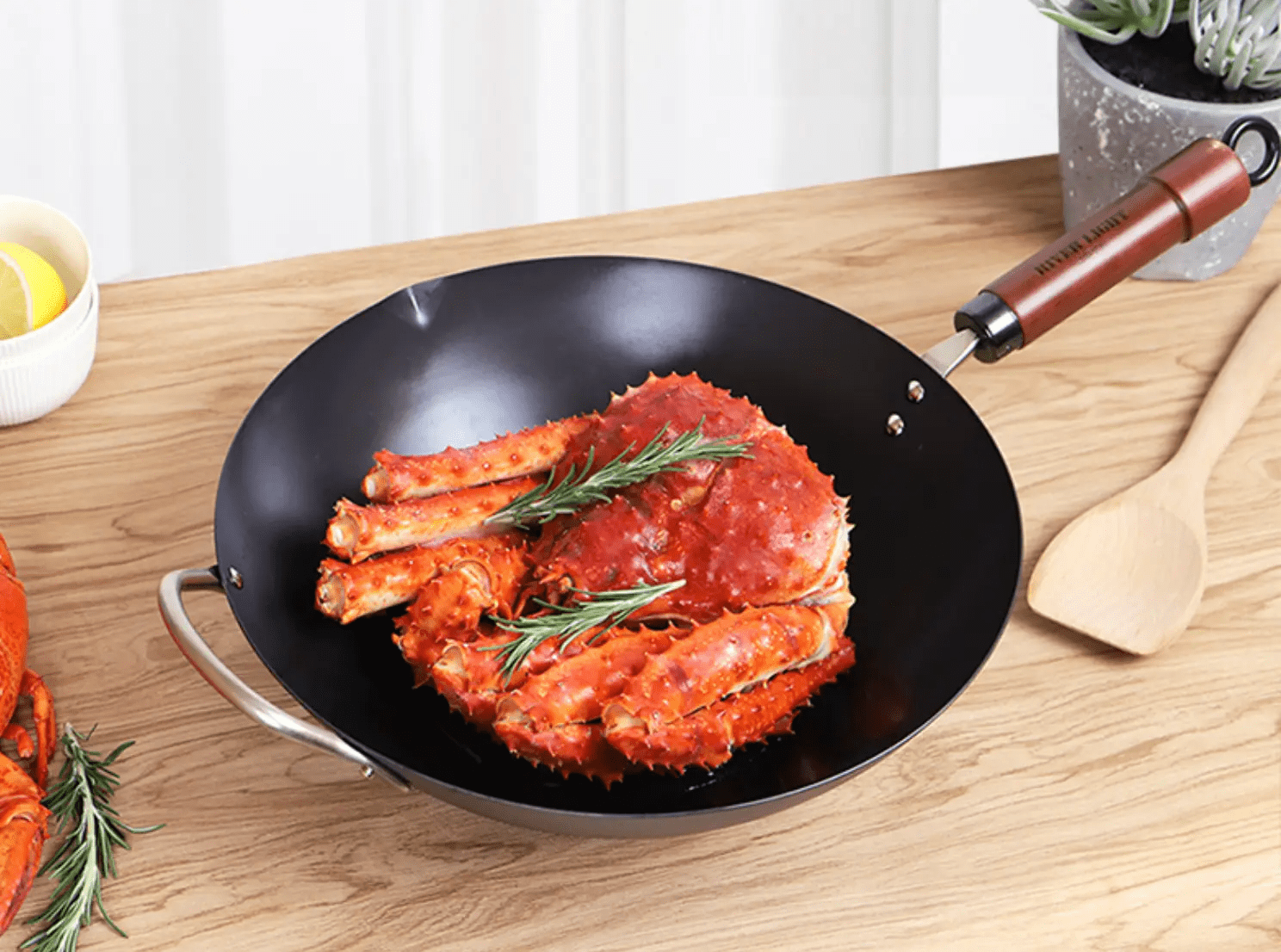
Chinese Wok (炒锅)
The most versatile tool in Chinese cooking, used for stir-frying, deep-frying, steaming, and more. Carbon steel woks are preferred for their quick heating properties and natural non-stick surface when properly seasoned.
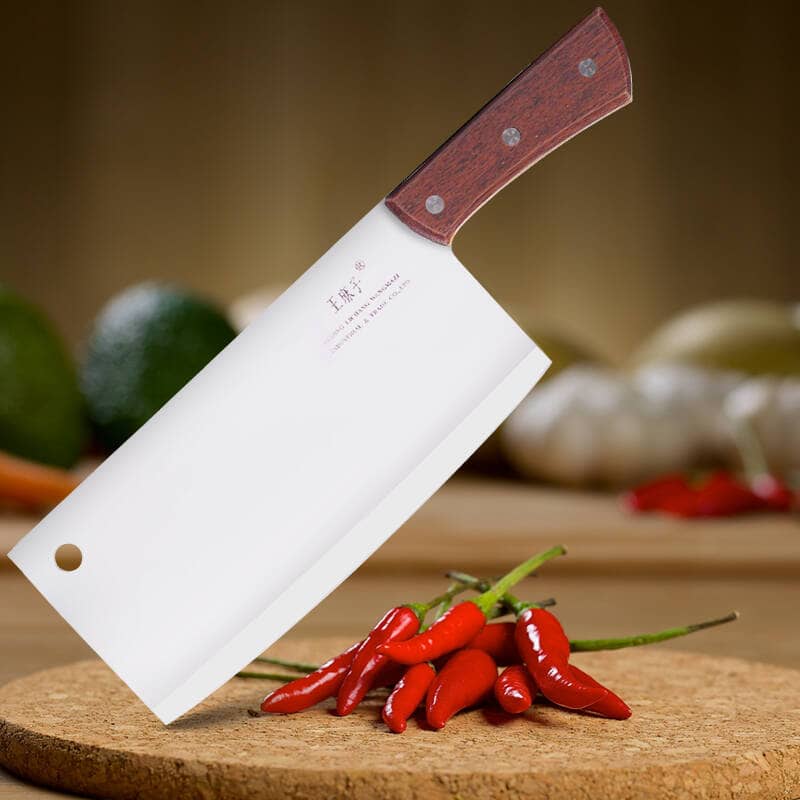
Chinese Cleaver (菜刀)
The all-purpose knife in Chinese cooking. Despite its size, it's used for delicate tasks like mincing garlic and julienning vegetables, as well as chopping through bones.
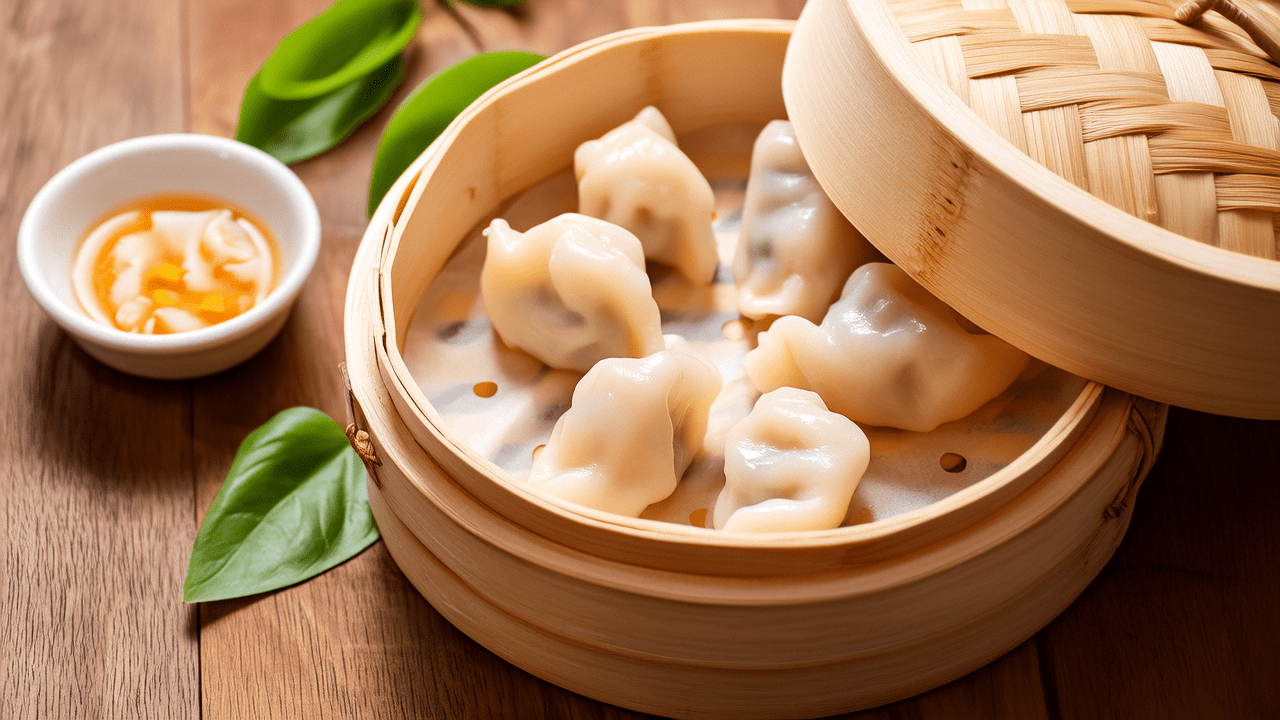
Bamboo Steamer (蒸笼)
Essential for making dim sum, steamed fish, and vegetables. The bamboo material absorbs excess moisture while allowing food to steam evenly and maintains ideal temperature and humidity.